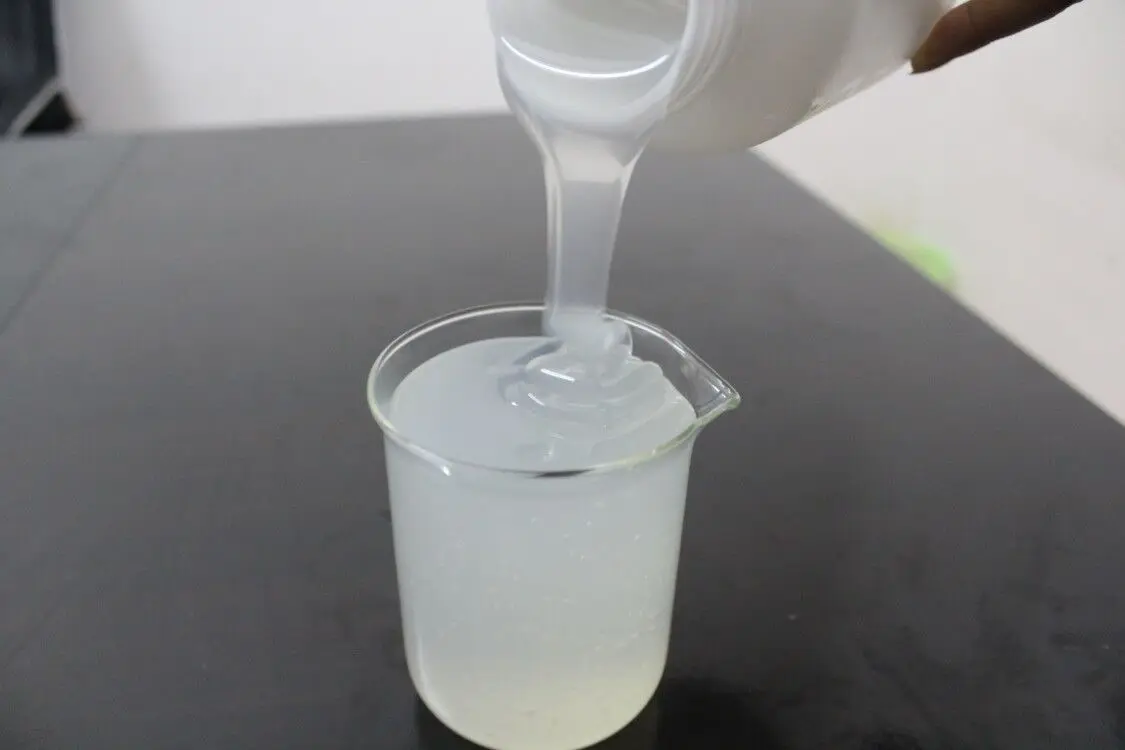
Fluorescent Whiteners-Cellulosic Fiber solutions are essential for enhancing the brightness and whiteness of cellulosic fibers. These advanced agents work by absorbing ultraviolet light and converting it into visible blue light, effectively counteracting the natural yellowish hue of cellulosic fibers. This transformation results in a clean, vibrant appearance, making them indispensable in applications like textiles and paper where brilliant whiteness is a priority.
The Science Behind Fluorescent Whiteners-Cellulosic Fiber
Mechanism of UV Absorption and Blue Light Emission
Fluorescent whiteners work by interacting with ultraviolet (UV) light. When UV light hits the surface of a material treated with these agents, the molecules absorb the invisible UV rays. Instead of letting this energy go to waste, the molecules convert it into visible blue light. This blue light enhances the overall brightness of the material. You can think of it as a way to “add light” to the fabric or paper, making it appear whiter and more vibrant. This process is what gives fluorescent whiteners their unique ability to improve the appearance of cellulosic fibers.
Counteracting Yellow Tones in Cellulosic Fibers
Cellulosic fibers, such as cotton and rayon, often have a natural yellowish tint. This yellow tone can make fabrics look dull or aged. Fluorescent whiteners-Cellulosic Fiber solutions solve this problem by balancing the color spectrum. The blue light emitted by the whiteners cancels out the yellow tones, creating a neutral white appearance. This effect not only improves the visual appeal but also gives the material a cleaner and fresher look.
Importance of Fluorescent Whiteners for Whiteness Enhancement
Fluorescent whiteners-Cellulosic Fiber solutions are essential for achieving superior whiteness. They enhance the brightness of textiles and paper products, making them stand out in quality and appearance. Whether you are producing clothing, bed linens, or office paper, these agents ensure your products meet the high standards of modern consumers. By using fluorescent whiteners, you can achieve a level of whiteness that is both brilliant and long-lasting.
Addressing Challenges of Cellulosic Fibers with Fluorescent Whiteners
Natural Yellowish Tint of Cellulosic Fibers
Cellulosic fibers, like cotton and rayon, often have a natural yellowish tint. This tint occurs due to the presence of lignin and other impurities in the fibers. You might notice this yellow tone more in untreated fabrics, which can make them look dull or aged. Fluorescent whiteners-Cellulosic Fiber solutions help you overcome this challenge. These agents absorb ultraviolet light and emit blue light, which neutralizes the yellow tones. This process creates a brighter and cleaner appearance, making the fibers look fresh and vibrant.
Enhancing Brightness and Whiteness in Textiles
When you want textiles to stand out, brightness and whiteness are key. Fluorescent whiteners play a crucial role in achieving this. By adding these agents during the finishing process, you can enhance the visual appeal of fabrics. The emitted blue light not only balances the color but also gives the material a luminous quality. Whether you are working with clothing, home textiles, or industrial fabrics, these whiteners ensure your products meet modern aesthetic standards. They help you deliver textiles that look premium and feel fresh.
Compatibility with Cellulosic Fiber Processing
Fluorescent whiteners integrate seamlessly into cellulosic fiber processing. You can use them during various stages, such as bleaching or finishing, without disrupting the workflow. These agents are designed to work effectively with other treatments, like softeners or water repellents. This compatibility ensures that you can achieve superior whiteness without compromising the fabric’s texture or durability. By incorporating fluorescent whiteners, you enhance the quality of your products while maintaining efficient production processes.
Advancements in Fluorescent Whitener Technology by 2025
Innovations in Sustainable Whitening Agents
By 2025, you can expect significant advancements in sustainable whitening agents. Manufacturers now focus on creating eco-friendly fluorescent whiteners that reduce environmental impact. These agents use biodegradable materials and avoid harmful chemicals, ensuring safety for both you and the planet. For example, some new formulations rely on renewable resources, making them a greener choice for textile and paper industries.
Sustainability is no longer optional. It’s a necessity for modern production processes.
You’ll also notice that these innovations maintain the same high performance as traditional agents. They still absorb UV light and emit blue light effectively, ensuring your cellulosic fibers achieve brilliant whiteness without compromising quality.
Trends in Application for Cellulosic Fibers
The application of fluorescent whiteners has become more versatile. You can now integrate these agents into various stages of fiber processing, from pre-treatment to finishing. This flexibility allows you to achieve consistent results across different types of cellulosic fibers, such as cotton, rayon, and blends.
Many industries now combine fluorescent whiteners with other functional agents. For instance, you might pair them with water repellents or anti-bacterial treatments to enhance fabric performance. This trend ensures that your products not only look great but also meet the demands of modern consumers.
Future Prospects in the Textile and Paper Industries
The future of fluorescent whiteners looks promising. In textiles, you’ll see these agents used to create brighter, more vibrant fabrics that stand out in competitive markets. In the paper industry, they’ll help produce high-quality, ultra-white sheets for printing and packaging.
The demand for superior whiteness will continue to grow, driven by consumer preferences and industry standards.
By 2025, you can expect further innovations that improve efficiency and reduce costs. These advancements will make fluorescent whiteners an even more essential tool for enhancing cellulosic fibers.
Fluorescent whiteners transform cellulosic fibers by absorbing UV light and emitting blue light. These advancements in 2025 prioritize sustainability and efficiency, offering eco-friendly solutions without compromising performance. You can rely on these agents to achieve unmatched whiteness and brightness, ensuring your textiles and paper products meet modern standards while staying environmentally responsible.
Post time: Jan-09-2025

